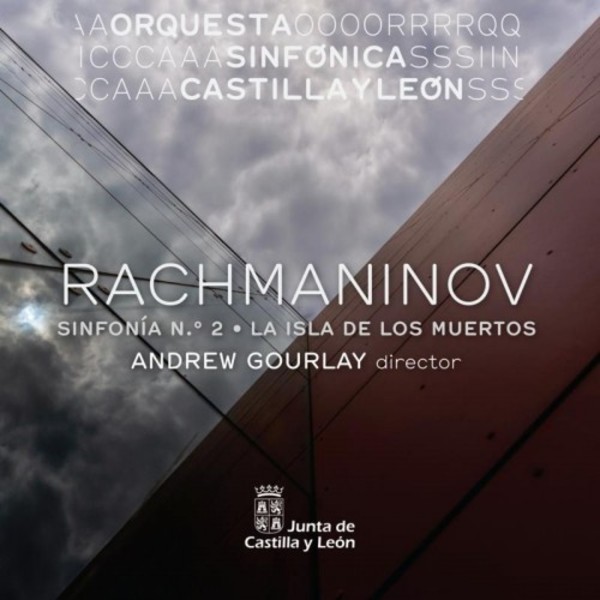
Rachmaninov - Symphony no.2, The Isle of the Dead
£11.88
In stock - available for despatch within 1 working day
Despatch Information
This despatch estimate is based on information from both our own stock and the UK supplier's stock.
If ordering multiple items, we will aim to send everything together so the longest despatch estimate will apply to the complete order.
If you would rather receive certain items more quickly, please place them on a separate order.
If any unexpected delays occur, we will keep you informed of progress via email and not allow other items on the order to be held up.
If you would prefer to receive everything together regardless of any delay, please let us know via email.
Pre-orders will be despatched as close as possible to the release date.
Label: Orquesta Sinfonica Castilla y Leon
Cat No: OSCYL001
Format: CD
Number of Discs: 1
Genre: Orchestral
Release Date: 11th January 2019
Contents
Artists
Orquesta Sinfonica de Castilla y LeonConductor
Andrew GourlayWorks
Symphony no.2 in E minor, op.27The Isle of the Dead, op.29
Artists
Orquesta Sinfonica de Castilla y LeonConductor
Andrew GourlayAbout
Rachmaninov’s Isle of the Dead was inspired by a monochrome print of a painting of the same name by Swiss Symbolist artist Arnold Böcklin, who described it as “a dream picture: it must produce such a stillness that one would be awed by a knock on the door.” The ominous, dark-hued palette of Rachmaninov’s score evokes the craggy bleakness of the print, with the music culminating in a battle between a wistful ‘life’ theme and the Dies irae chant, borrowed from the Catholic Requiem Mass, to represent death. The ‘life’ theme dominates the central section of the work and, in common with the slow movement of Rachmaninov’s Second Symphony, is a great example of the composer’s skill in weaving together melody and harmony to create billowing, silken textures.
Following the disaster of his First Symphony, Rachmaninov was slow to complete a Second, but when he did it was a resounding success, winning him his second Glinka Award (the first had been for the Piano Concerto o.2). The work opens with a slow introduction so expansive that it builds to its own climax before the main Allegro even begins. The second movement also refers to the Dies irae chant, a favourite of Rachmaninov’s, before the famous slow movement, a masterpiece of overlapping textures intertwining to create a slow crescendo of yearning passion. The work is rounded off by a finale of visceral power.
Described by The Guardian as “a star in the ascendant”, Andrew Gourlay is fast becoming one of the world’s most sought-after conductors for his subtle and refreshing approach. Gourlay’s relationship with the OSCyL is well-established; he was the orchestra’s Principal Guest Conductor in the 2014/15 season, before becoming its Music Director in January 2016.
Error on this page? Let us know here
Need more information on this product? Click here